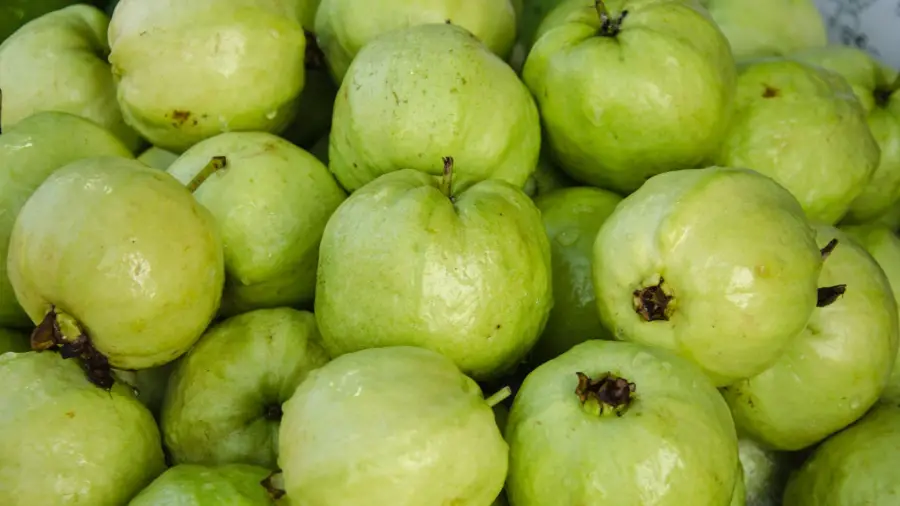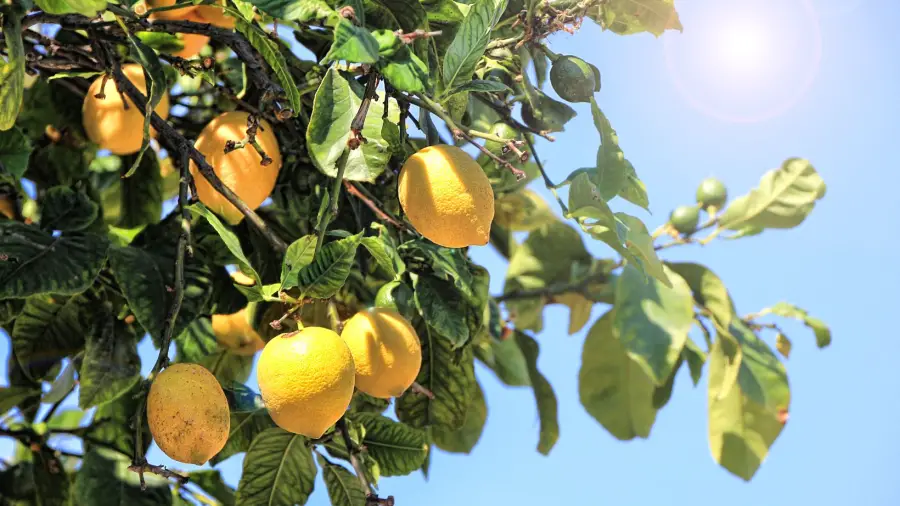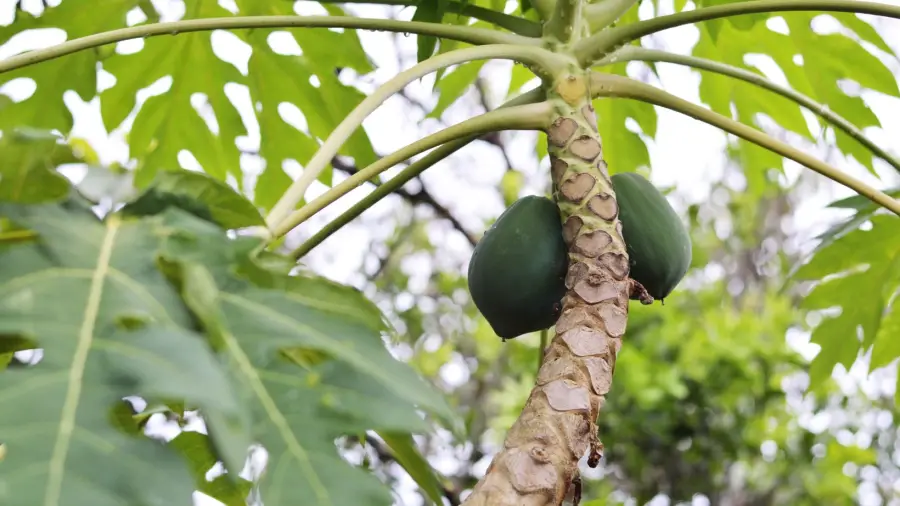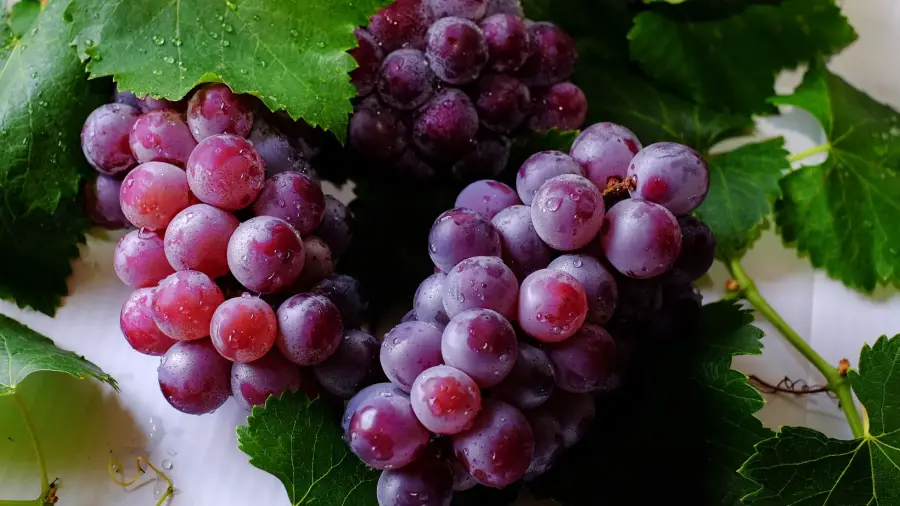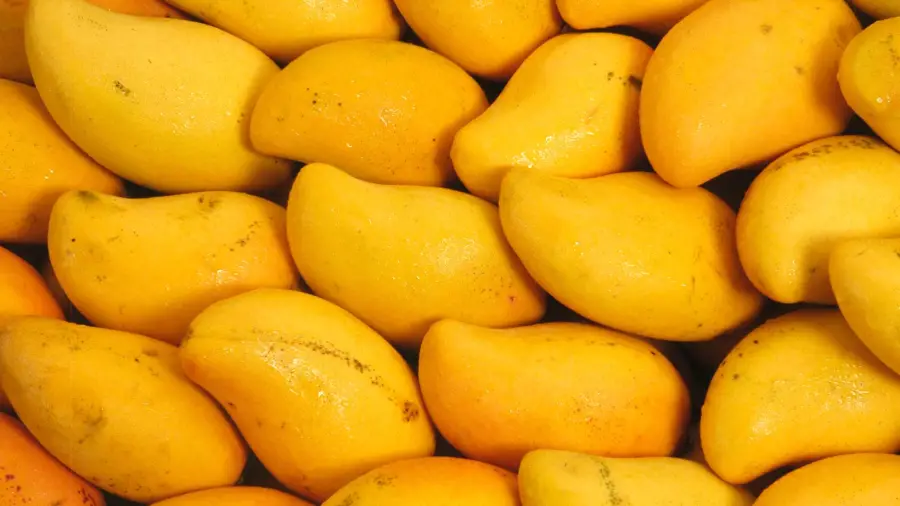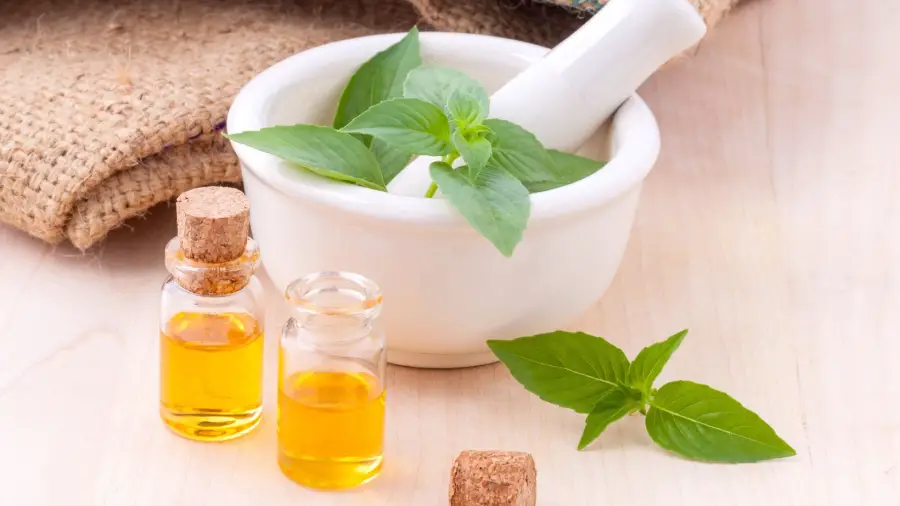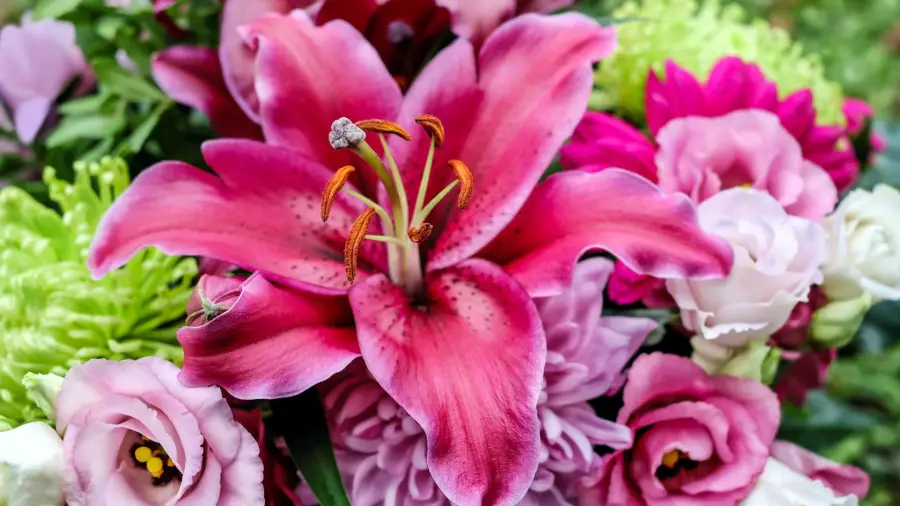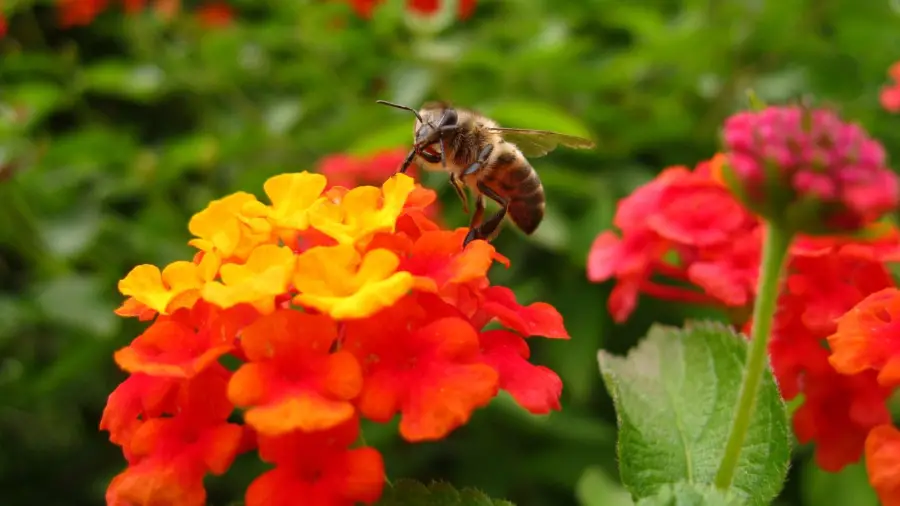Introduction: Embrace the Joy of Guava Plantation at Home
Welcome to the exciting world of guava plantation at home! If you’re a fan of tropical fruits and want to experience the satisfaction of growing your own, then guava is an excellent choice. Guava trees are relatively easy to cultivate, making them perfect for home gardeners of all levels. In this comprehensive guide, we will take you through every step of the process, from selecting the right location to harvesting ripe guavas. So, let’s get started and turn your backyard into a delightful guava paradise!

Table of Contents
- Introduction: Embrace the Joy of Guava Plantation at Home
- Why Choose Guava Plantation at Home?
- Selecting the Right Guava Variety
- Preparing the Planting Site
- Nurturing Your Guava Trees
- Guava Pest and Disease Management
- Guava Harvesting and Storage
- Guava Cuisine: Recipes to Savor
- FAQs About Guava Plantation at Home
- Conclusion: Grow Your Guava Paradise
Why Choose Guava Plantation at Home?
Before we delve into the details of guava cultivation, let’s explore why growing guavas at home is an excellent decision.
1. Freshness and Flavor Unmatched
Guava fruits, when picked fresh from your own tree, offer an unparalleled burst of flavor and freshness. Store-bought fruits can’t compete with the juiciness and aroma of homegrown guavas.
2. Nutritional Richness
Guavas are packed with essential nutrients like Vitamin C, Vitamin A, dietary fiber, and antioxidants. By growing them at home, you ensure that you and your family enjoy the maximum nutritional benefits.
3. Sustainable and Eco-Friendly
Home gardening promotes sustainability by reducing your carbon footprint and supporting local biodiversity. Guava trees are relatively low-maintenance, making them a sustainable choice for fruit cultivation.
4. Aesthetic Appeal
Guava trees are not only fruit-bearing wonders but also add beauty to your garden. Their lush green foliage and fragrant white flowers make them an attractive addition to any landscape.
Selecting the Right Guava Variety
Before you start planting, it’s essential to choose the right guava variety suited for your region and preferences.
1. Common Guava (Psidium guajava)
The common guava is the most widely grown variety, known for its sweet and aromatic fruits. It thrives in tropical and subtropical climates, making it suitable for many regions.
2. Strawberry Guava (Psidium littorale)
Strawberry guava, also known as Cattley guava, is prized for its small, red, and incredibly flavorful fruits. It is more cold-tolerant than common guava and can be grown in slightly cooler climates.
3. Pineapple Guava (Feijoa sellowiana)
Though not a true guava, pineapple guava is popular for its exotic taste and versatility. It produces unique green fruits with a pineapple-like flavor.
Preparing the Planting Site
Now that you’ve chosen the perfect guava variety, it’s time to prepare the planting site for your guava trees.
1. Sunlight Requirements
Guavas thrive in full sunlight, so select a location in your garden that receives at least 6 to 8 hours of direct sunlight daily.
2. Soil Conditions
Guavas prefer well-draining soil with a slightly acidic to neutral pH. Conduct a soil test to check the soil’s pH and amend it accordingly.
3. Spacing
Guava trees can grow quite large, so ensure you space them at least 10 to 15 feet apart to allow ample room for growth.
4. Planting Process
Dig a hole twice the size of the root ball, place the guava plant gently, and backfill with soil. Water thoroughly after planting.
Nurturing Your Guava Trees
Once your guava trees are in the ground, they require proper care to thrive and bear abundant fruits.
1. Watering
Young guava trees need regular watering to establish their roots. Once established, water them deeply but infrequently.
2. Fertilizing
Fertilize your guava trees with a balanced fertilizer every 2 to 3 months during the growing season to promote healthy growth.
3. Mulching
Apply a layer of organic mulch around the base of your guava trees to retain moisture, control weeds, and provide nutrients.
4. Pruning
Prune your guava trees to shape them and remove any dead or diseased branches. Pruning also encourages better fruit production.
Guava Pest and Disease Management
Like all plants, guava trees are susceptible to pests and diseases. However, with proper care and monitoring, you can keep these issues under control.
1. Common Pests
Keep an eye out for common pests like fruit flies, scale insects, and mealybugs. Use natural insecticides or neem oil to manage infestations.
2. Diseases
Guavas can suffer from fungal diseases like anthracnose and rust. As a preventive measure in guava plantation, apply appropriate fungicides.
3. Eco-Friendly Solutions
In guava plantation, foster the presence of natural predators like ladybugs and lacewings to control pests. Additionally, maintaining good hygiene in your garden helps prevent diseases.
Guava Harvesting and Storage
One of the most rewarding moments in guava plantation at home is the harvest. Let’s learn how to pick and store guavas properly.
1. Harvesting Time
Guavas are ready for harvest when they turn fully ripe and develop a strong aroma. Pick them gently to avoid damaging the fruits.
2. Post-Harvest Handling
Handle guavas with care to prevent bruising. Use ripe guavas promptly, and store unripe ones in a cool, dry place to ripen.
Guava Cuisine: Recipes to Savor
Once you have a bountiful harvest, explore these delightful guava recipes.
1. Guava Smoothie
Blend ripe guavas with yogurt, honey, and ice for a refreshing and nutritious smoothie.
2. Guava Chutney
Create a tangy chutney by simmering guavas with spices, vinegar, and sugar.
3. Guava Dessert
Make a luscious guava dessert by combining pureed guavas with whipped cream and gelatin.

FAQs About Guava Plantation at Home
Q: In guava plantation, how long does it take for a guava tree to bear fruit?
A: Guava trees typically start bearing fruit within 2 to 4 years after planting.
Q: Can I grow guava trees in containers?
A: Yes, you can grow guava trees in large containers, but ensure they have sufficient space and sunlight.
Q: How often should I prune my guava tree?
A: Prune your guava tree annually during the dormant season to maintain its shape and remove dead wood.
Q: Is it possible to grow guavas in colder climates?
A: While common guava is more suited for warm climates, strawberry guava and pineapple guava can tolerate colder temperatures.
Q: Are guava leaves edible?
A: Yes, guava leaves are edible and often used in herbal teas for their medicinal properties.
Q: Do guava trees attract bees?
A: Guava flowers are pollinated by bees, making them essential for fruit development.
Conclusion: Grow Your Guava Paradise
Congratulations! You are now equipped with all the knowledge needed for a successful guava plantation at home. From selecting the right variety to nurturing your trees and enjoying the bountiful harvest, you can now embark on this exciting journey. Remember to provide your guava trees with love, care, and attention, and they will reward you with delicious and nutritious fruits. So, get your gardening gloves on and turn your backyard into a tropical paradise with your very own guava plantation!
